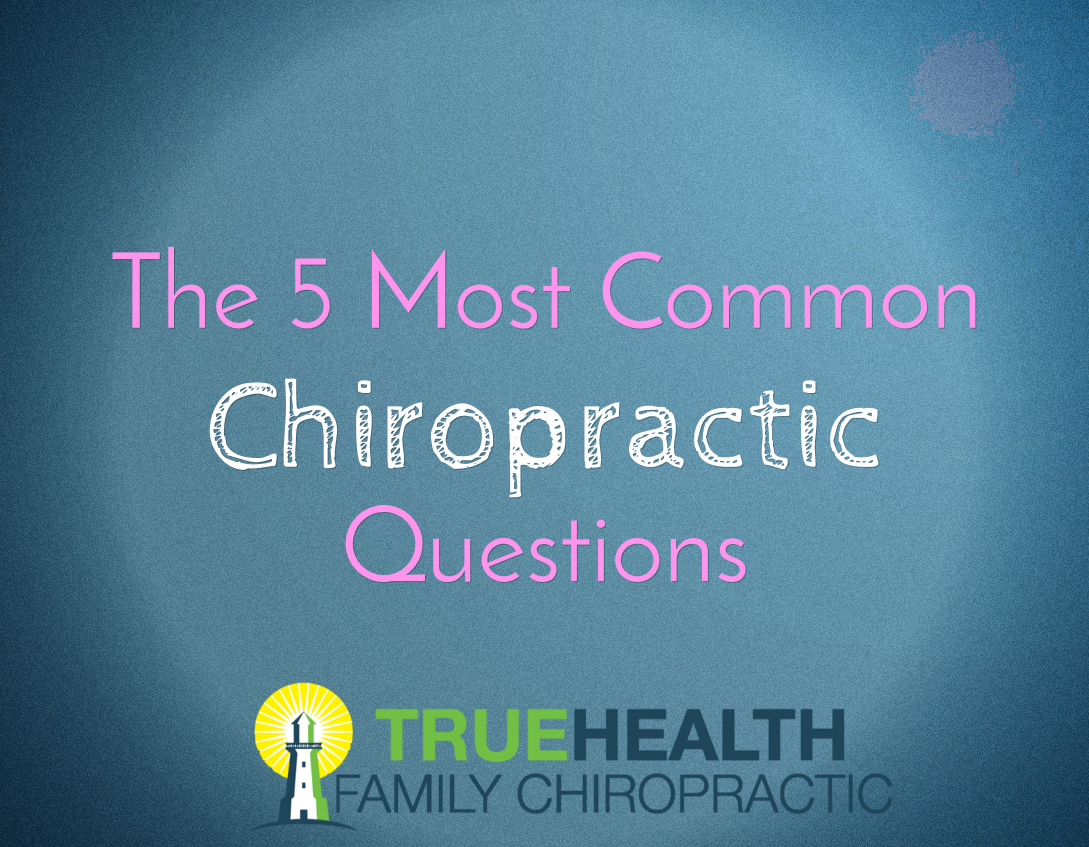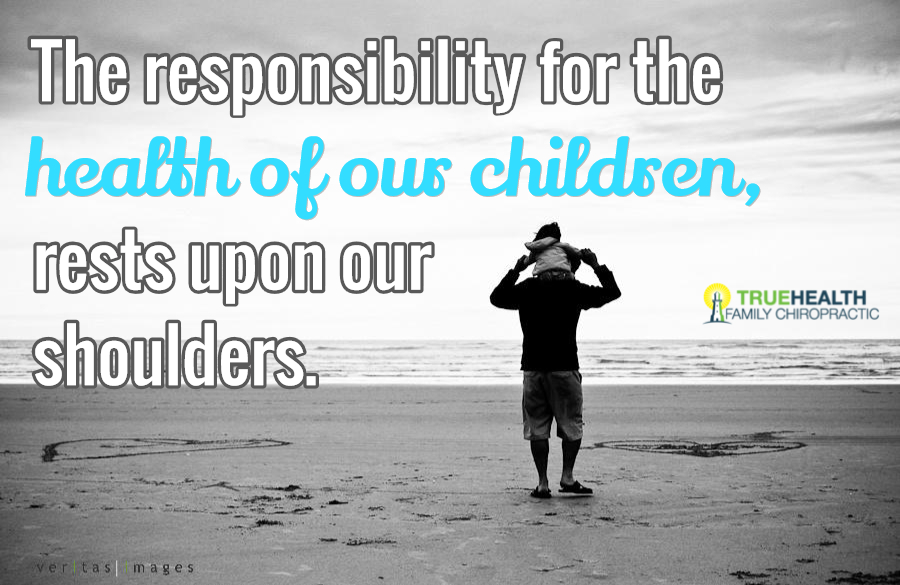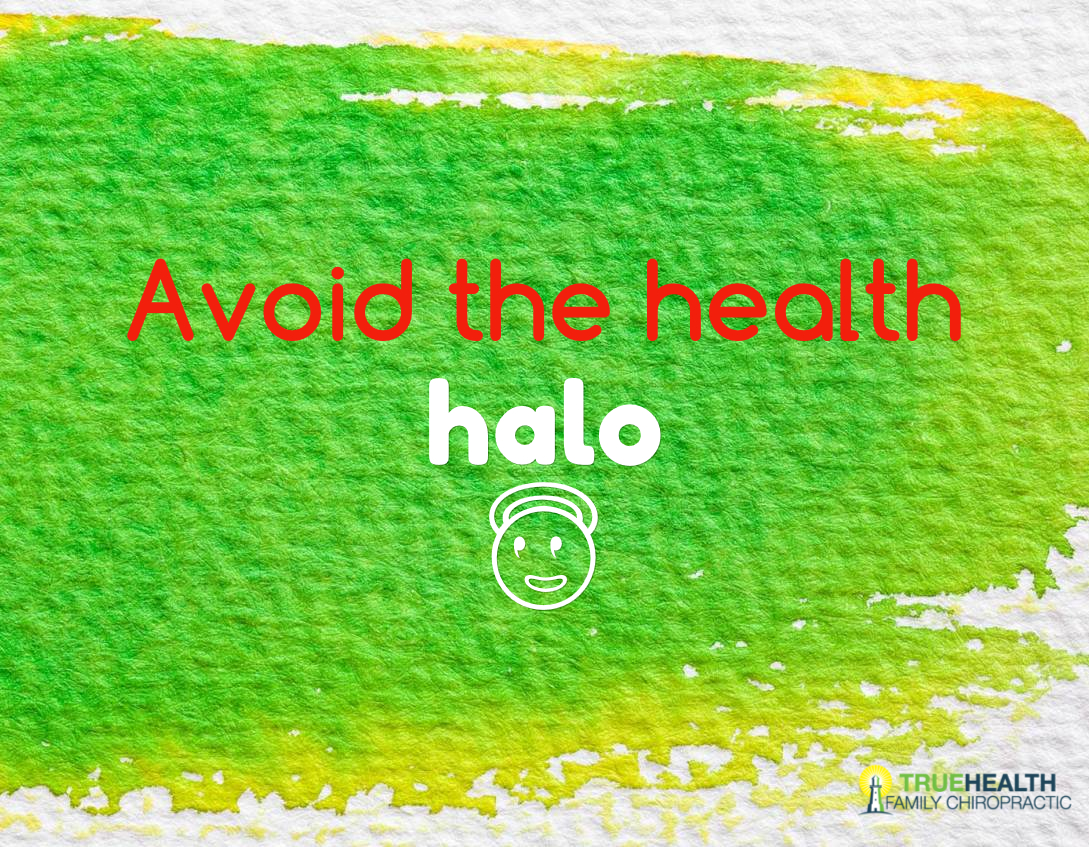
As a structural chiropractor – there are certain questions that I’m asked several times a week, every week – either by patients in the office, or by email, or at a party/function on the weekend. This post aims to answer the 5 most common questions I get, along with some sources when applicable so you can do some further research of your own.
1. “What kind of mattress should I be sleeping on?”
This is one I hear all of the time, and as much as I wish that there was ONE perfect mattress that worked for everyone – there just isn’t. However, what we do know is that a mattress that is more on the firm side is best. Any sagging often undermines mattress comfort and structural support. In fact, results of a recent systematic review show that a medium-firm mattress is optimal for promoting sleep comfort, quality, and spinal alignment.
2. “Once you start getting adjusted, do you have to keep going for the rest of your life?”
In our office, when it comes to the correction of your structural abnormalities – once we have reached our goal, you’re given a couple of options in terms of protecting what we have worked so hard to accomplish. While the structural corrective exercises that were prescribed will continue to help, most of our patients opt to come in once in a while, get checked, and if need be – receive a structural corrective chiropractic adjustment. There is no obligation to continue care, BUT to most patients, it makes sense to keep things in check with periodic visits.
3. “Is It bad to crack your own __________ (neck,back, hip, etc…)?”
Yes. It amazes me that someone would think it’s a good idea to self adjust it. It’s not the sound that is the problem (which comes from tiny gas bubbles within the fluid that lubricates your joints), it’s the way the thrust affects your spine. Self-manipulation, while a temporary rush and feel-good sensation, can create hypermobility and long-term structural problems.
In addition, people who self-manipulate tend to do it several times a day, every day. This causes ligaments to stretch and eventually become less stable – not a good thing when it comes to movement. This instability not only affects the mechanics of the spine, but also can predispose you to an injury.
4. ” Why would a baby/toddler/child need an adjustment?”
The primary reason is that the birth process is physically demanding for babies. A typical birth can place 60-90 lbs of force onto an infant’s head and neck. While most children are okay, these shifts have been associated with colic, constipation, sleep issues and trouble feeding. Early check ups can help prevent structural shifts from becoming a chronic problem.
In our office, we’re fortunate to have referrals from some excellent pediatricians and midwives who pick up on these symptoms and choose to recommend a safe, non-drug approach. We use very gentle corrections which help the child be more comfortable, typically after a handful of visits. It’s our experience that children who get adjusted often nurse better, are more comfortable, have regular bowel movements, sleep better, and have a stronger immune system.
5. “Are neck adjustments dangerous?”





 Who would have thought that buying healthy food would become so difficult. These days, what you think you know about which products to select or how to read food labels often times turns out to be misconceptions. There are a number of health sounding terms that can confuse even the most educated shoppers. This is what is referred to as a health halo effect.
Who would have thought that buying healthy food would become so difficult. These days, what you think you know about which products to select or how to read food labels often times turns out to be misconceptions. There are a number of health sounding terms that can confuse even the most educated shoppers. This is what is referred to as a health halo effect.